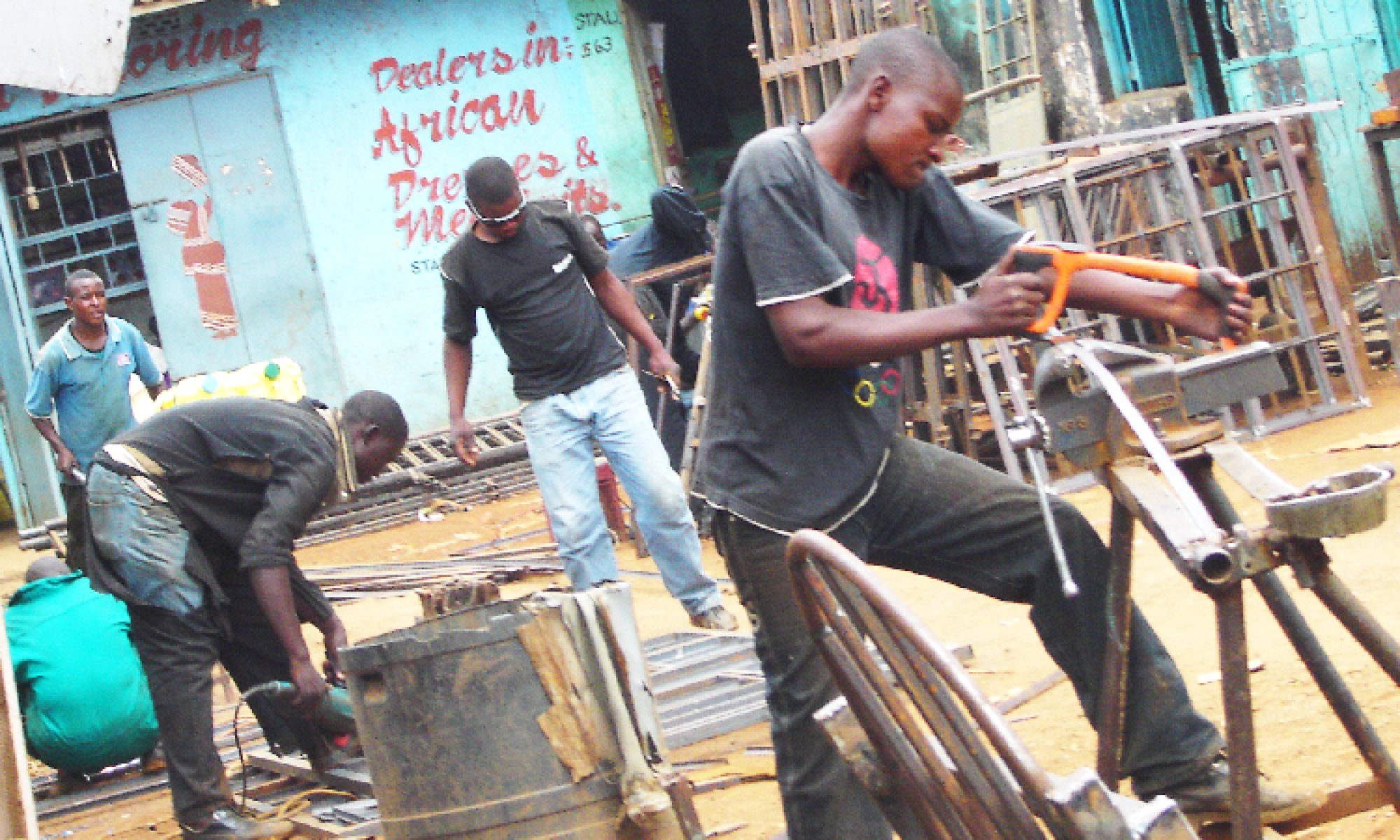Our TASEP implementation considers individual ribosome transitions along mRNA transcripts that belong to four classes: three of these are “endogenous” and therefore native to the cell (ribosomal (R), enzymatic (E), housekeeping (Q)), while one is unnaturally engineered into the cell (“heterologous” (H)). f), where 1 R f equates to 30 nucleotides , making each Rf account for 10 amino acids. As in , each transcript contains 30 successive footprints (900 nucleotides), except for R proteins, which contain 750 footprints (22,500 nucleotides), to reflect that ribosomes are multi-protein complexes requiring more resources to build [54,55]. While modelling mRNA degradation, “ribosome protection” is considered whereby transcripts cannot be degraded unless they are free from ribosomes. We focus our core results on a simple scenario that highlights the effects of ribosomal queues in order to clearly observe their impact. This illustrative scenario considers one slow codon with a relative efficiency of 0.5% datehookup at position 26 R f on a transcript of length 30 R f . Other positions and efficiencies were also explored, and are reported in the Supplementary Information (Figure S2).
In the for each and every condition change, all the sure ribosomes has actually a chances so you can transition to another codon, having backwards transitions and detachments getting forgotten using their rareness. New transition likelihood of for each ribosome is actually proportional towards efficiency of the codon getting interpreted, and thus, from the applying codons which have different efficiencies, we can simulate the current presence of “slow codons” so because of this the forming of ribosomal queues. When the a ribosome try right behind other, the pass change probability is actually submitted once the zero such that it can not be chosen for a transition. This is a key improvement which have ancient TASEPs, that will spend computational date earliest in search of a beneficial queuing ribosome and you may afterwards shopping for it cannot move ( Profile 2 a good). After an effective ribosome has reached the last codon out of a beneficial transcript, one after that elongation step launches it to make a necessary protein molecule.
Contour 2 b suggests how which translation design try embedded inside the new wider entire-cell design, if you find yourself Figure 2 c displays a premier-down position of all the procedure, highlighting new qualitative relationship within cell’s native devices, the heterologous proteins design and its particular increases
StoCellAtor’s translation model in context. (a) The difference between classic TASEP and StoCellAtor in terms of choosing ribosome movement via the transition vector (TV). (b) The simulation steps taken during translation in the context of a resource-limited whole-cell model, which considers nutrient metabolism, transcription and translation. Step 1: a non-queuing ribosome is selected for movement. Step 2: the chosen ribosome position is updated. This ribosome might become “queuing”, while the ribosome behind it becomes free to move. This is reflected in the updated TV (red values). (c) A top-level sumong the cell’s resources, its heterologous protein production and its growth. The activation and inhibition arrows denote general effects and not specific reactions.
2.step three. Model Use Instances
To apply all of our design to help you relevant fresh configurations, we apply an analysis pipeline that makes use of constant-condition simulator philosophy to understand more about new effect out-of good construct’s design (supporter stamina, RBS strength and codon composition) to your growth rate ( Grams r a t age ) and you may heterologous necessary protein creation rates ( H roentgen good t age ) ( Shape step three ). We following make use of these beliefs in order to assess the new protein produce that you certainly will commercially be bought through the years inside a growing cell society in 2 scenarios: uncapped great growth and development in this a great turbidostat at steady state. The former will bring insight into just how figure evolve when there will be zero growth limitations, because the latter provides an understanding of normal continuing people setup where cellphone thickness is actually kept constant because of the changing this new dilution price. With regards to the experimental circumstance, the investigation might be applied to other types regarding continued society, for example an excellent chemostat the spot where the population’s rate of growth try handled ongoing of the changing the new nutrient focus. Although not, i desired to be the cause of issues in which the growth rate from an inhabitants could possibly get change mid-try, particularly mutations taking place on synthetic make. In this instance, good chemostat carry out alter the nutrient concentration and in turn affect the fresh phone occurrence so you can reset the organization price, just like the turbidostat do simply to improve brand new dilution rates to store the latest cellphone occurrence ongoing.

